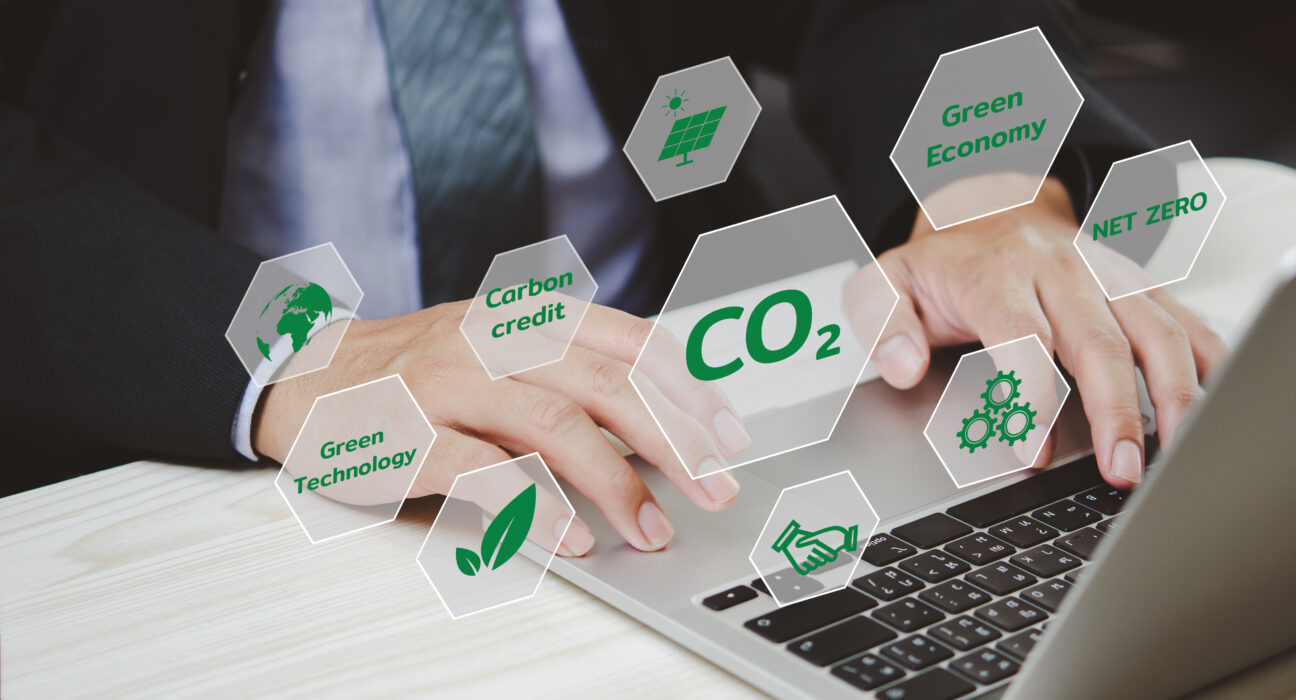A bold objective has risen to the forefront of world discourse in the fight to counteract the growing effects of climate change: reaching net zero carbon emissions. The race to net zero is urgently needed as the globe struggles with steadily rising temperatures, strange weather patterns, and rapid glacier melt.
Achieving a balance between greenhouse gas emissions created and those removed from the environment is referred to as “net zero.” It involves doing more than simply cutting emissions; the ultimate goal is to establish an equilibrium in which we emit no more than we can absorb. Even while achieving this aim will be difficult, there will also be chances for innovation, economic development, and a sustainable future.
Global Commitments and Policies
The number of nations that have committed to net zero carbon objectives is promising. Notably, the European Union (EU) targets net zero emissions by 2050 with its European Green Deal. Similar pledges have been made by nations including Canada, Japan, and South Korea to achieve carbon neutrality by 2050.
The greatest producer of greenhouse gases in the world, China, has set a net zero goal for 2060. This marks a significant turning point for a nation that is heavily dependent on coal output.
President Biden of the United States has made a bold commitment to achieve net zero emissions by 2050 and a carbon-free power sector by 2035. This reflects the urgent need to mitigate the escalating effects of climate change and signifies a significant shift in the nation’s climate policies.
The Approach to Net Zero
The multifaceted objective of net zero necessitates thorough efforts spanning all economic sectors. Investment in renewable energy must soar. We require significant development and innovation in carbon capture and storage technology. To maximize carbon sequestration, we also need to radically rethink how we manage our crops and forests.
It is crucial to decarbonize important industries including electricity, transportation, and construction. Emissions may be significantly reduced by switching to electric cars, renewable energy sources, and energy-efficient buildings. Promoting sustainable agriculture and reducing deforestation can assist in increasing the capacity of the natural carbon sink.
Challenges and Opportunities
There are obstacles to achieving net zero carbon emissions. Energy production and use must undergo significant structural changes, there must be a significant financial investment, and vested interests in the fossil fuel sectors must be overcome. Assuring a just transition is also necessary to ensure that no communities are left behind and that expenses and benefits are distributed fairly.
The move to net zero, however, also offers a lot of opportunity. It might boost economic expansion, produce work in environmentally friendly businesses, and cut air pollution, all of which would benefit public health. New market opportunities and innovation can be stimulated through the creation of new technology, goods, and services. For instance, the development of renewable energy sources such as solar and wind may promote economic expansion and the creation of jobs.
International Cooperation: The Key to Success
Net zero is a global objective that calls for worldwide action. Although the goals each nation has set are laudable, realizing them will need international collaboration. Global collaboration is crucial for establishing and maintaining ambitious goals as well as for transferring technologies, supporting climate programs in underdeveloped nations, and establishing uniform standards for calculating and disclosing emissions.
Indeed, achieving net zero carbon emissions on a worldwide scale is a difficult task. However, it is possible to make it a reality with the appropriate combination of bold policies, technological advancement, and international collaboration. Although the road to net zero may be tough and protracted, it offers a world that is more robust and sustainable. Additionally, it is a voyage in light of the growing effects of climate change.


Leave feedback about this